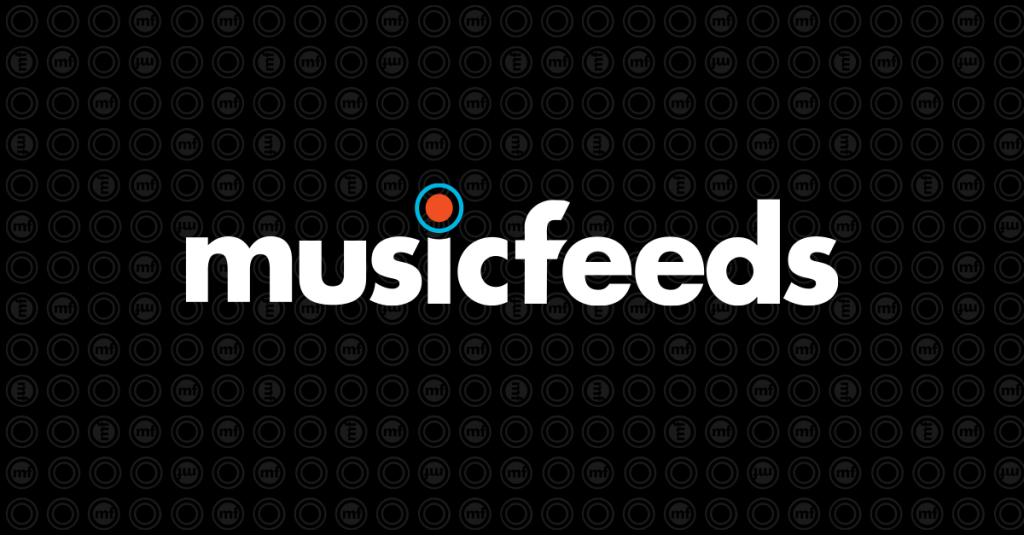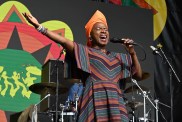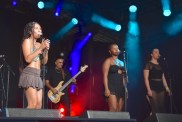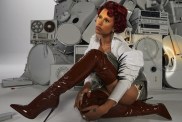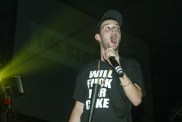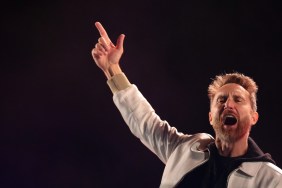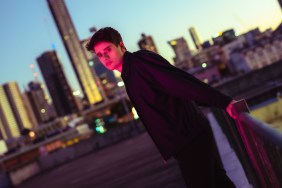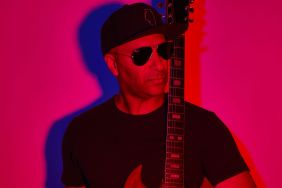In 2007, the world of Electronic Dance Music, or EDM, would change forever. In an interview, David Guetta announced to the world that he planned to “bridge the gap between Europe and America”, and he did just that. Releasing ‘Pop Life’ the world was met with a new hybrid of dance music, a mix of the rap and hip hop-infused culture of America, and the trance and dance lifestyle that ran through the bloodstream of musical Europe. Of course, such a style of music was attempted before, yet it never reached the consistent commercial success that Guetta would.
The French DJ continued to grow, and in 2008 he began work on a series of songs that would make EDM’s transition into ‘pop music’ a reality. He subsequently released his most successful album One Love in addition to the release of the Guetta-produced club anthem I Gotta Feeling. The confluence of both releases made it evident that his desired goal to “bridge the gap between Europe and America” had been achieved. This line of releases, including Memories, Sexy Bitch, I Gotta Feeling and stacks of others, offered the younger generation an alternative from the previously rock-dominated pop music scene, with something that was completely different.
Obviously Guetta did not change the face of pop music; however, he started a sequence of events that would move EDM into the mainstream spotlight, and opened the world to the concept of dance. 2009 saw another big player: Deadmau5’s break into the wider market with his album For Lack of a Better Name. Singles Strobe and Ghosts N Stuff became club anthems, with similar breakthroughs occurring for artists such as Dizzee Rascal, Calvin Harris, Flo Rida and The Bloody Beetroots. Now this was a seriously exciting time for many, including myself: so many fantastic artists emerging with such awesome tracks. However, as EDM shot up in popularity, the labels began to take notice, seeing the market as a way to increase their capital gain, and manufacture more of it.
http://www.youtube.com/watch?v=JDpjzfsWVN4
As this occurred, and artists such as Swedish House Mafia, Avicii and Alesso achieved mainstream success, it became clear that the live sector of EDM had lost its individuality. What had begun in the 1980s and 1990s with DJs spinning vinyl in the backstreet clubs of Detroit and Denmark had become a manufactured and repetitive concert experience, with DJs choosing their songs prior to going on stage, rather than selecting tracks by the emotions of the crowd. DJs are now flown in and out within hours to ensure that they can fit as many possible sets in before the night is over. Tiesto himself spends almost 200-250 days a year on tour, typically flying to a new venue each night.
However, my issue is not with the growth of EDM or its mainstream success. My issue is with the loss of creativity that has occurred within the scene. Having attended multiple EDM festivals and club sets, the lines of distinction are beginning to fade, with each DJ wanting to play the biggest song in the world at that point in time. Future Music Festival 2012 saw Knife Party’s Internet Friends played over 10 times by different DJs. And do not get me started on how many times I heard Levels played at the 2011 installation of Sterosonic. It’s this loss of creativity that is becoming an issue: every artist wants to play Avicii’s Levels, or Sebastian Ingrosso and Alesso’s Calling, mashing it up with whatever is the top of the charts at the time. The fact that I can attend a local house party, where resident DJ Brandon Tam (Branded) plays a near 5-hour set, spinning nearly every track under the sun, then attend a festival such as Sterosonic and watch artists such as Avicii play identical tracks to the ones played at the party the night prior comes as a shock to me.
That said, there is a small contingent of artists who differentiate themselves from the group of DJs who simply require a bunch of LED lights and a Pioneer CDJ 2000. Artists such as Daft Punk, Deadmau5, and even to Australia’s own Flume, create something unique, differencing their sets from the others, and not playing what is at the top of the charts at the time, but rather their own songs. Yes, Deadmau5 may have confessed in a recent blog post that his sets are pre-planned, however, in many regards, so are many rock concerts, as bands strategically set out the setlist for the night. Obviously there is a distinct difference between a rock act and a DJ. However, the aforementioned artists don’t merely rock up to a club, walk to the Pioneer mixer and start playing, but rather they set up synths or even the simple Akai APC40. An artist cannot simply expect to jump on stage and press play a couple of times, loop drums and sample some vocals to be called a musician (or in David Guetta’s place, turn down the music every minute and pretend he is doing something). A 15 year old child could do that in his bedroom. And many have.
Artists such as Madeon, The Chemical Brothers and a select few are some of the only big names who actually create something while on stage, and yet they themselves cannot achieve what artists like Avicii, Guetta and Martin Solveig have done with their CD Players. DJs need to difference themselves from eachother, and rather than play the top 10 tracks on Beatport that week, establish a code of individuality. I love my house music, and I love a good DJ set; however, the EDM world is quickly loosing its individuality, and its something that needs to be addressed before it all becomes the same.
